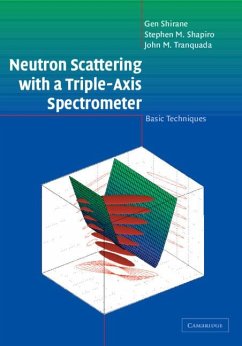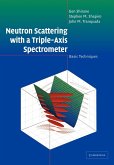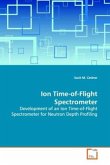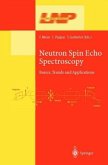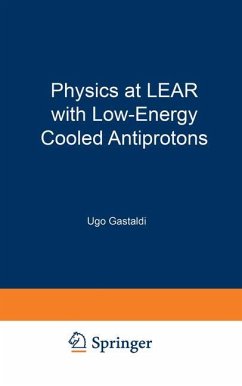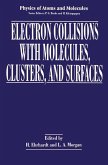Neutron scattering is an extremely powerful tool in the study of elemental excitations in condensed matter. This book provides a practical guide to basic techniques using a triple-axis spectrometer. Introductory chapters summarise useful scattering formulas and describe the components of a spectrometer, followed by a comprehensive discussion of the resolution function and focussing effects. Later sections include simple examples of phonon and magnon measurements, and an analysis of spurious effects in both inelastic and elastic measurements, and how to avoid them. Finally, polarization analysis techniques and their applications are covered. This guide will allow graduate students and experienced researchers new to neutron scattering to make the most efficient use of their experimental time.
Table of contents:
1. Introduction; 2. Scattering formulae; 3. Elements of a three-axis instrument; 4. Inelastic scattering and the resolution function; 5. Phonons and magnons; 6. Spurious peaks; 7. Bragg diffraction; 8. Polarized neutrons; Appendix 1. Neutron scattering lengths and cross sections; Appendix 2. Crystallographic data; Appendix 3. Other useful tables; Appendix 4. The resolution function for a triple-axis neutron spectrometer.
This practical guide to basic techniques is essential for graduate students and post-docs, as well as experienced researchers new to neutron scattering. Introductory chapters present useful scattering formulas and describe the components of a spectrometer. Simple examples of measurements are given, along with advice on how to avoid spurious effects.
A practical guide to basic techniques in neutron scattering, accessible to graduates and experienced researchers.
Table of contents:
1. Introduction; 2. Scattering formulae; 3. Elements of a three-axis instrument; 4. Inelastic scattering and the resolution function; 5. Phonons and magnons; 6. Spurious peaks; 7. Bragg diffraction; 8. Polarized neutrons; Appendix 1. Neutron scattering lengths and cross sections; Appendix 2. Crystallographic data; Appendix 3. Other useful tables; Appendix 4. The resolution function for a triple-axis neutron spectrometer.
This practical guide to basic techniques is essential for graduate students and post-docs, as well as experienced researchers new to neutron scattering. Introductory chapters present useful scattering formulas and describe the components of a spectrometer. Simple examples of measurements are given, along with advice on how to avoid spurious effects.
A practical guide to basic techniques in neutron scattering, accessible to graduates and experienced researchers.

